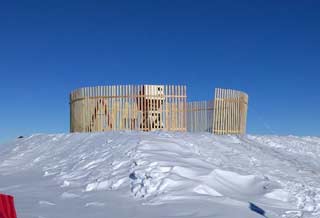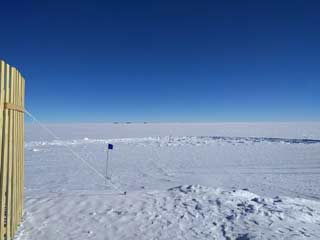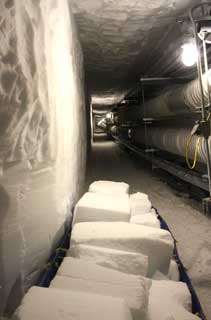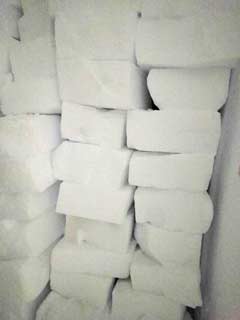2016-17 Summer Photos - Science, satellites...
 A closeup of the instrument box. The two instruments would log high resolution images of the Sun every 5 seconds at two different heights in its atmosphere (SS). |
|
|
Dr. Jefferies, from Georgia State University, has been to Pole several times--the first was in 1987-88 with Marty Pomerantz. His project this season was to measure, characterize, and study internal gravity waves present in the Sun's atmosphere, in an effort to map the structure and dynamics of the solar atmosphere. This is similar to the project which brought him to Pole in 2007-08. The instrument looks to be the same or similar, but the site this year is closer to the station. Here is the Georgia State press release describing the 2016-17 project...and also, here is Dr. Jefferies' web page depicting and describing the 2016-17 project. It includes an interesting description of that Hammerschlag (picket) fence surrounding the instrument. Similar fences have been used for decades at Pole to reduce wind turbulence on the telescope without producing a stagnant air mass that would induce turbulence above the telescope. | |
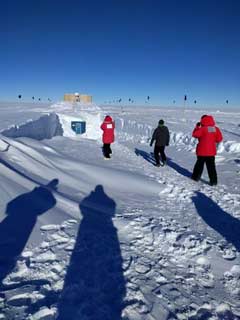 The other side of the installation, showing the buried control vault below the instruments. Two two-person teams would each cover 12-hour shifts in the vault (which I've been told is the SMURF hut) (SS). |
|
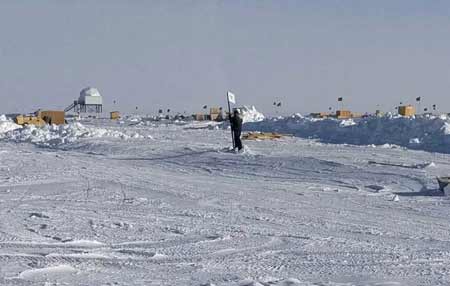 The main focus of this photo is the removal of berm signs from where a good part of the berm had been cleared...to be sorted and repacked for storage, packed for retrograde, or put into waste triwalls. In the background is the radome for the 4-meter SPTR-2 antenna. Out of view is the first phase of an equipment upgrade--a new ground station shelter erected near the RF building--along with structural materials to support it--for the 9-meter dish that used to be called the GOES-MARISAT antenna before both of those satellites went away. To be completed in 2017-18 (SS). 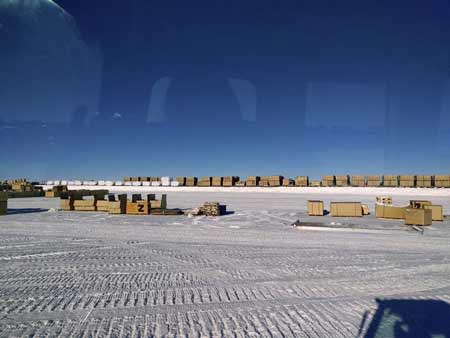 In the background, a lineup of waste and retrograde triwalls, ready to go out on the early flights in 2017-18 which would otherwise leave empty (SS). |
|
|
Credits for this page...SS is Sheryl Seagraves and KS is South Pole Telescope team member Kyle Story. | |
